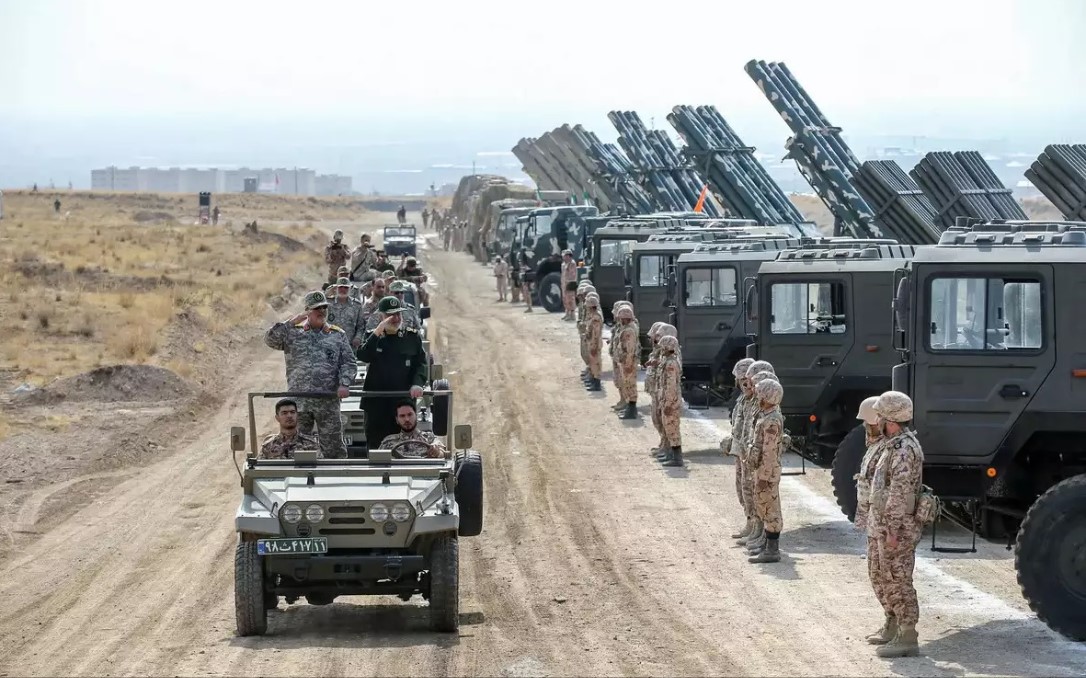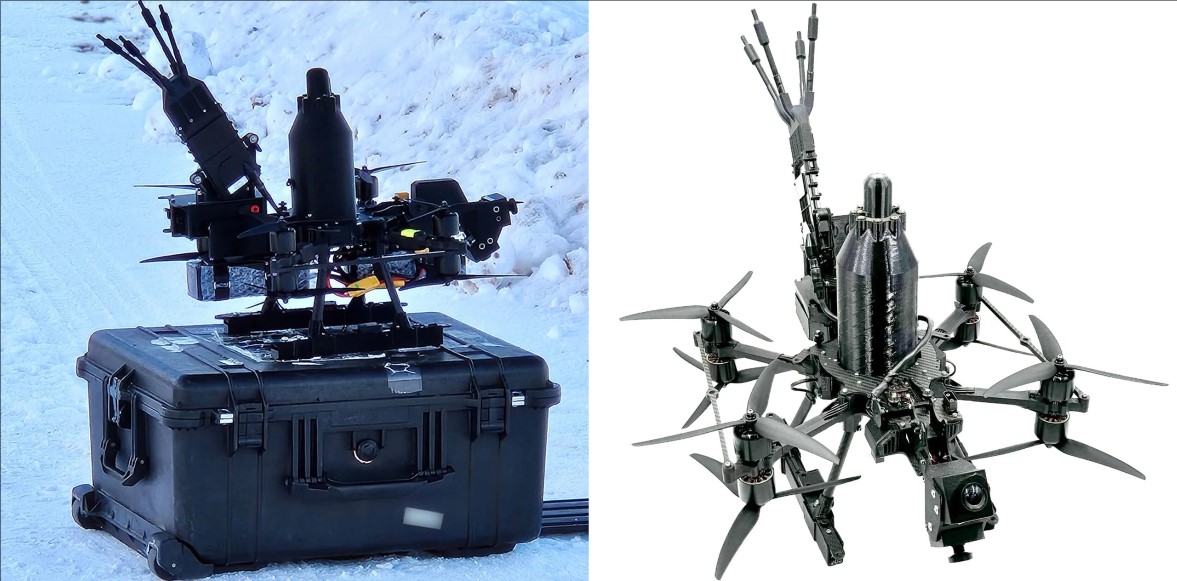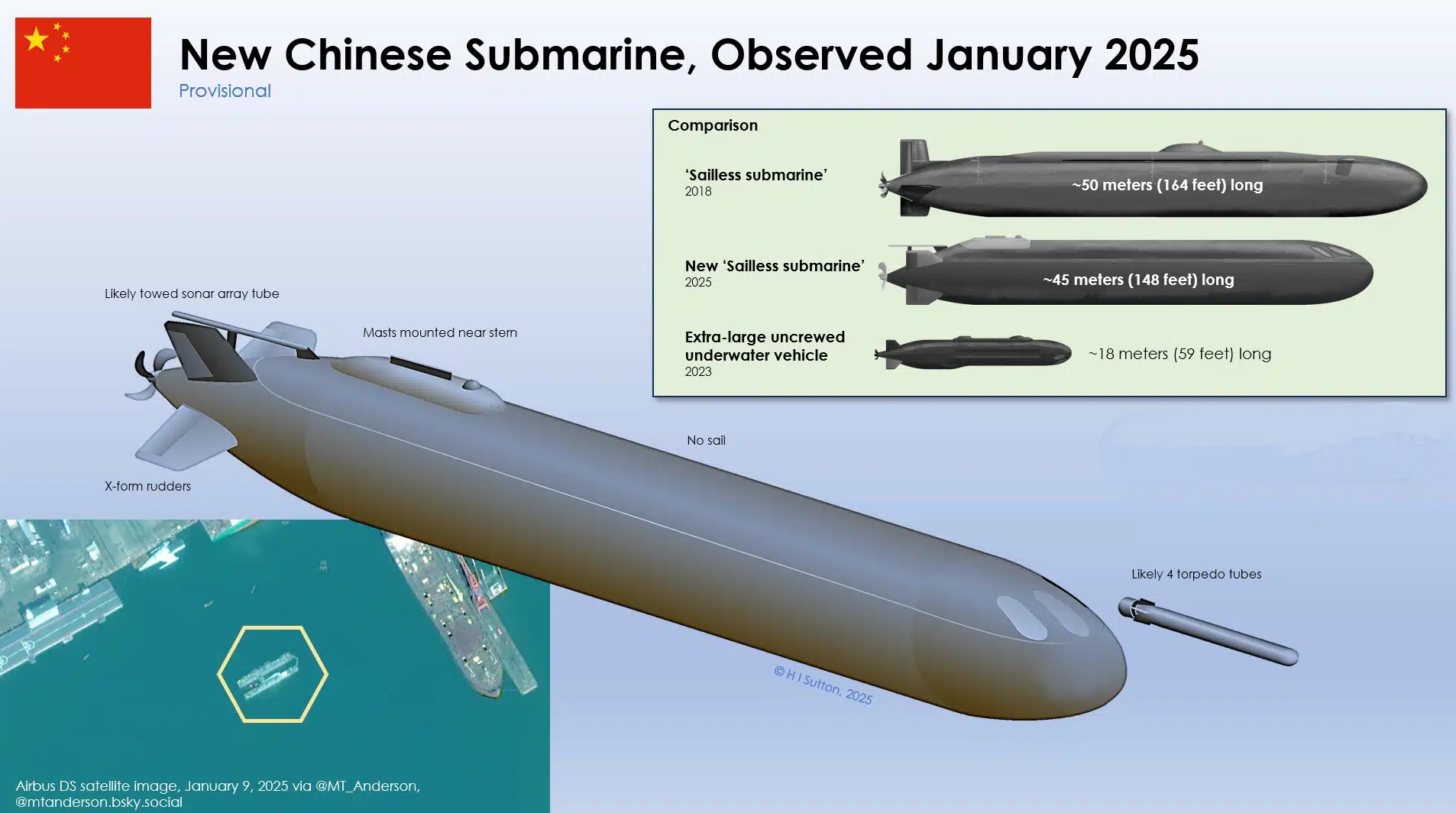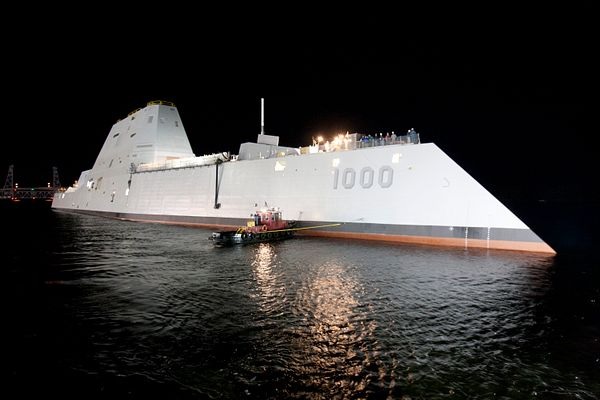Iran Conducts Military Drills Near Natanz Nuclear Site Amid Rising Tensions

Iran has launched extensive military drills near the Natanz nuclear enrichment plant, a critical and sensitive facility in the center of the country. These exercises, named "Eqtedar," meaning "might" in Farsi, were reported by Iranian state media as part of a broader, nationwide readiness initiative. The drills are led by the Islamic Revolutionary Guard Corps (IRGC), Iran’s elite military force, and the national army, demonstrating a unified show of strength and preparedness.
Key Details of the Drills
The exercises are focused on securing the airspace and safeguarding the Natanz facility against potential threats. According to state television, the first phase of the Eqtedar drills began under the direct supervision of the air defense headquarters. The IRGC air forces are engaging in "all-out point defense" operations, designed to simulate defending against complex air threats under conditions of intense electronic warfare.
This training regimen includes advanced radar systems, surface-to-air missile batteries, and drone interception strategies. The IRGC navy and Basij paramilitary forces are also participating in the broader exercises across Iran, further underscoring the country’s multi-dimensional defense strategy.
Motivation Behind the Drills
The IRGC has stated that these drills are a response to "new security threats," though officials did not specify the nature of these threats. The timing of these exercises aligns with increasing tensions between Iran and Western nations over the country’s nuclear program. The drills are set to continue until mid-March, covering other key regions of Iran as part of a comprehensive military readiness campaign.
The Natanz Facility: A Strategic Asset
The Natanz nuclear plant is a cornerstone of Iran’s nuclear program, primarily dedicated to uranium enrichment. Iran has accelerated its uranium enrichment activities in recent years, reaching levels of up to 60%, as confirmed by the International Atomic Energy Agency (IAEA). This is significantly closer to the 90% enrichment required for weapons-grade uranium, a threshold that has alarmed global powers. However, Iran insists its nuclear program is solely for peaceful purposes and denies any ambition to develop atomic weapons.
International Implications and Growing Tensions
The drills come amid heightened international scrutiny of Iran's nuclear activities. Last week, a report from Axios suggested that U.S. national security adviser Jake Sullivan had presented President Joe Biden with potential military options should Iran make significant strides toward developing nuclear weapons. Such a strike, if carried out, would mark a dramatic escalation in the already tense U.S.-Iran relations.
Iranian officials, including foreign ministry spokesman Esmaeil Baqaei, dismissed the threats of action against their nuclear facilities, labeling them as violations of international law. These developments recall the fallout from 2018 when the United States, under then-President Donald Trump, withdrew from the 2015 Iran nuclear deal. This deal had provided sanctions relief to Iran in exchange for curbs on its nuclear activities, and its collapse has since led to heightened regional and global tensions.
Broader Context of Iran's Defense Posture
The Eqtedar drills underscore Iran’s emphasis on military preparedness in the face of perceived external threats. The involvement of multiple branches of the IRGC and the army highlights the country's resolve to protect its nuclear assets, which it views as central to its sovereignty and scientific progress.
With tensions at a boiling point and the potential for international confrontation looming, Iran’s latest show of military might is both a defensive measure and a message to its adversaries that it is ready to defend its strategic interests.



